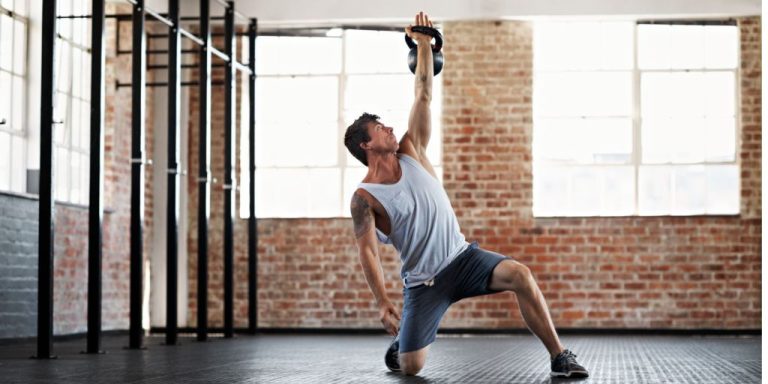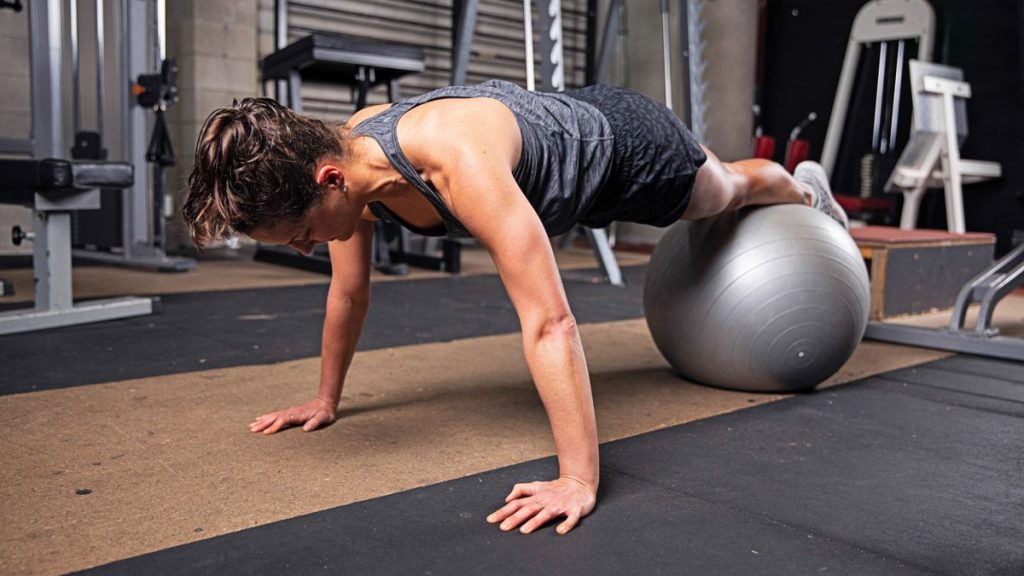
Humans are living longer and healthier lives than ever before, surpassing previous boundaries of what we thought was achievable. As you strive to enjoy your golden years, remember that preserving long-term mobility starts with the choices you make today. Experiencing the everyday benefits of mobility now and unlocking longevity for the future begins with establishing a regular routine of mobility training exercises.
The best part? Mobility exercises are suitable for all ages and fitness levels, making them a perfect addition to your fitness regimen.
Below, we explore the realm of mobility training, its benefits, and examples of mobility exercises you can incorporate into your daily routine.
What Is Mobility Training?
Mobility training, also known as mobility exercises, aims to improve range of motion and flexibility. The goal of mobility training is to enhance physical performance, not just in the gym but also in regular daily tasks like tying shoes, unloading groceries, and gardening.
Think of mobility as the ability to move naturally, with control and without noticeable effort. Good mobility involves several factors: muscle strength, flexibility, joint health, motor control, body awareness, agility, and more.
Your body’s mobility is the foundation for everything you do and, when restricted, can limit your experiences.
However, regular gym workouts don’t automatically increase mobility. You need intentional routines that combine mobility exercises to improve flexibility, balance, pliability, and strength.
If this sounds overwhelming, don’t worry! Mobility training is diverse and can be adjusted to meet your personalized needs. Additionally, mobility training doesn’t have to be done inside a gym; you can practice mobility exercises almost anywhere!
From pre-workout mobility stretches to full-body mobility workouts, mobility training includes a variety of exercises that improve range of motion, such as dynamic stretching, yoga, agility exercises, and your new best friend—the foam roller.

Mobility Training Benefits
Before delving deeper into the specifics of mobility movements, let’s explore some benefits of mobility training.
For Everyone! One of the most appealing aspects of mobility exercises is their accessibility. Whether you’re a seasoned fitness enthusiast or a beginner, mobility exercises welcome everyone. Regardless of your fitness level or age, there’s a suitable mobility exercise (or a combination) that you can start incorporating into your daily routine right now.
Builds Strength. While the results may not be as dramatic as those of a high-intensity cardio workout, mobility exercises are incredible in their own right. You may notice some soreness the day after, but that’s a sign that you’ve engaged muscles often underused during more conventional gym workouts.
Boosts Mental Mojo. Mobility exercises are typically performed with a slow and intentional rhythm, often in harmony with your breath. This deliberate approach can promote mindfulness, reduce stress, and enhance mental well-being. It’s a practice that allows you to be present in the moment and tune into your body’s needs.
Improved Daily Activity. As the saying goes, “Use it or lose it.” Regular mobility exercises are an excellent way to maintain the functionality of your body as you age. A small commitment of time each week can significantly impact your overall well-being, ensuring you enjoy an active and fulfilling life.
Increased Flexibility. Think you’re not flexible? Think again! Mobility exercises target specific muscle groups and joints, leading to improved flexibility. Over time, range of motion expands, making everyday activities more comfortable and efficient.
Injury Prevention. As we age, our bodies become more susceptible to injury. But mobility exercises work against this by strengthening the muscles, ligaments, and tendons surrounding your joints, reducing the risk of injuries and providing stability.
Enhanced Posture. Mobility exercises often focus on the muscles that support good posture. By reducing strain around the spine, mobility exercises can help prevent poor posture and related problems.
Pain Management. Mobility exercises can be valuable for managing chronic pain and discomfort. For chronic conditions like arthritis or muscle stiffness, mobility exercises can be a practical addition to a pain management routine.
Variety. One of the most appealing aspects of mobility exercises is their endless variety. Explore various movements and techniques, ensuring your routine remains fresh and engaging.
Integrating mobility exercises into your movement routines is a game-changer. Inclusive and adaptable, mobility exercises are accessible to everyone, regardless of age or previous experience.
Which Parts of the Body Can Benefit from Mobility Training?
The real question is: What parts of the body don’t benefit from mobility training? The entire body benefits from regular mobility training since, as we’ve discovered, the benefits of mobility training are vast and far-reaching.
However, mobility exercises are particularly beneficial for our joints. As we age, mobility training can be a great way to work against the stiffening of joints. And less stiff joints mean more enjoyable daily movement and activities.
How to Improve Mobility
You’re never too young to start building healthy aging habits, and maintaining mobility is vital to long-lasting well-being. Let’s explore some effective ways to improve and preserve your mobility, ensuring you’ll move with confidence and agility for decades to come.
Stretching. A morning or evening stretching routine is a wonderful way to maintain mobility. Make sure you mix static and dynamic stretching techniques, as that will increase mobility.
Foam Roller. Using that foam roller a few evenings in front of the TV each week can be a massive muscle release.
Yoga. Whether a one-hour morning yoga or 15 minutes after lunch, all kinds of yoga are highly beneficial to maintaining mobility as we age.
Whether you prefer a gentle stretching session, a soothing yoga routine, or the targeted relief of foam rolling, simple mobility exercises are accessible for all ages and fitness levels.